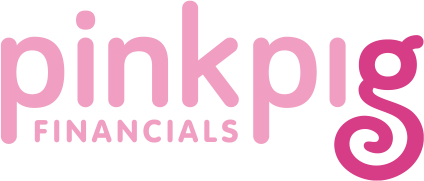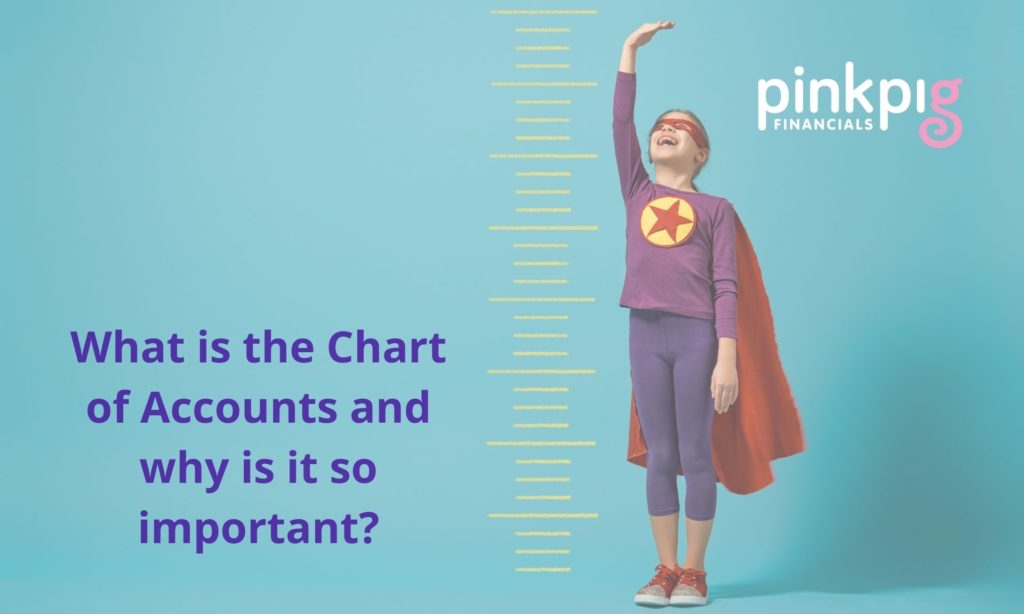Whether PPF or you do the bookkeeping, where things “go” in the accounts is important. What determines this are the account codes that make up the Chart of Accounts.
What is a Chart of Accounts?
The short answer is: is it an index of all the financial accounts that make up the financial statements.
The Chart of Accounts breakdowns all your transactions into categories. Within each of the categories are subcategories – made up of what you may know as account codes, or nominal codes. By separating out the transactions into subcategories, this gives you an insight into your business.
You can view your Chart of Accounts within Xero – from the top menu if you go to accounting, at the bottom you will see “Chart of Accounts”.
So what are these categories?
There are 5 types of category within Xero – Revenue, Expenses, Assets, Liabilities and Equity. Let’s go through each one in turn and explain what they are for.
Disclaimer: now we are going to use some ‘accountancy jargon’ here I’m afraid to explain the categories – so check out our Accountancy Jargon Cheat Sheet for any words you’re not sure on 🙂
Revenue
- Other Income
- Revenue
- Sales
This is all of your sales and income into the business. You could have more subcategories here to split your sales down further into products or services. If you’re CIS registered you’ll probably have CIS sales and non CIS sales (Construction Industry).
Expenses
- Direct Costs – these are costs that are directly related to your business trade revenue and fluctuate with them. Eg: You build wooden tables, the wood, screws etc would all be a direct cost, without these there would not be a table. These are also known as Costs of Goods Sold (COGS).
- Expense – Overheads and expenses are treated exactly the same and refer to the same type of cost.
- Overhead- these are costs that occur no matter what the sales eg; telephone, advertising, insurance etc
- Depreciation – All fixed assets purchased for use in a company are depreciated (written down) over the useful life of the asset.
Assets
- Bank – fairly self explanatory, this is the cash you have in the bank.
- Current asset – These are assets that are going to be sold or used within the next year. Eg: Accounts receivable – people who owe you money.
- Fixed asset – This is a long term piece of equipment or property that the company owns and uses within its operation to generate income.
- Inventory – This is stock that the company holds to be sold on.
- Prepayment – This is an expense that the company has paid up front, eg: Insurance – insurance tends to run for a year, if the insurance year is not the same as the financial year then an element of the invoice will be prepaid.
Liabilities
- Current liability – these are liabilities that the company expects to be settled within a year – eg: Accounts payables, invoices you have received from suppliers but have not yet paid.
- Non- Current liability – these are long term liabilities, bank loans, mortgages etc.
Equity
- Equity is the amount of capital within the company, retained earnings, share capital etc.
Why does it matter that transactions are posted to the correct category?
Revenue and Expenses – these are categories that make up the profit and loss report. All revenue minus all expenses leave you with your profit or loss for the year. This is where we start the calculation of your corporation tax liability.
Assets, Liabilities and Equity – make up the balance sheet. The snapshot on the last day of the financial year that will show what the company owes and owns. This shows your business’s value – how much it is worth.
Making sure transactions go in the right place means they’ll be accounted for correctly – will show in the correct report and ultimately affect your profits and corporation tax.
Putting something in the wrong place could make the difference between a profit and a loss for the year – therefore meaning you can or can’t take dividends.
It could also mean you pay too little or too much tax – and we don’t want to upset the tax man (or pay more tax than we have to)!!
Probably the most common type of transactions we find are put to the wrong code, and therefore end up in the wrong place are IT/Computer costs – as there are both expense and asset codes for these. We’ve put together this Account Code Cheat Sheet which should help you determine where to code things to, so they go to the correct place in the Chart of Accounts – and therefore the correct report.
During our Live & Learn session on Weds 1st December, I showed our clients where they can find the Chart of Accounts in Xero and talked them through it, explaining what everything means and why it is so important. Check out the recording below!

